The Leadership Burnout Crisis
In today's high-pressure business environment, leadership burnout has reached epidemic proportions. According to recent studies, nearly 70% of C-suite executives report symptoms of burnout, with middle managers faring even worse at 77%. The consequences extend far beyond individual suffering—organisations experience decreased productivity, higher turnover, and a leadership pipeline that's rapidly drying up.
But here's the problem: most leadership development programmes still operate on a one-size-fits-all model that fails to address the unique challenges faced by different leaders at different stages of their careers.
The days of 'one size fits all' leadership development are long gone.
This article explores how tailored approaches to leadership development can transform burnout into breakthrough, creating resilient leaders equipped to thrive in today's complex business landscape.
Why Traditional Leadership Development Falls Short
Traditional leadership programmes typically follow a standardised curriculum designed to impart universal leadership principles. While foundational concepts remain valuable, this approach often:
- Ignores individual strengths, weaknesses, and learning styles
- Fails to account for varying industry pressures and contexts
- Overlooks the specific burnout triggers affecting each leader
- Prioritises skill acquisition over wellbeing and resilience
The result? Leaders who feel overwhelmed rather than empowered, with new expectations added to their already bursting plates.

The Burnout-Leadership Connection
Before diving into solutions, it's crucial to understand how burnout specifically undermines leadership effectiveness:
- Decision Fatigue: Burned-out leaders make poorer decisions and take fewer calculated risks
- Emotional Depletion: Reduced capacity for empathy and connection with team members
- Vision Constriction: Focus narrows to immediate fires rather than strategic horizons
- Creativity Drought: Innovative thinking requires mental space that burnout eliminates
- Isolation: Struggling leaders often withdraw precisely when they need support most
As Dr. Tasha Eurich, organisational psychologist and author, notes: "Self-awareness isn't just about knowing how you move through the world; it's about understanding how your energy affects others. Burnt-out leaders create burnt-out teams."
Tailored Approaches: The Path Forward
1. Assessment-Based Development Plans
Effective leadership development begins with comprehensive assessment. This isn't about grading leaders but understanding their unique:
- Leadership style preferences
- Cognitive patterns under stress
- Energy management habits
- Interpersonal dynamics
- Values and purpose alignment
At LMI-UK, we've found that simple but effective assessment tools provide crucial baseline data that shapes truly personalised development journeys. This prevents the common mistake of prescribing advanced delegation strategies to someone whose primary issue is actually decision paralysis under pressure.
2. Developmental Coaching With Purpose
Generic coaching has its place, but developmental coaching tailored to a leader's specific burnout patterns creates transformative results. This approach:
- Targets the precise intersection between personal challenges and leadership responsibilities
- Creates accountability for both performance and wellbeing metrics
- Adapts to changing circumstances as the leader evolves
- Integrates practical strategies that respect the leader's actual context
3. Contextual Skill Building
The most effective leadership development doesn't teach skills in isolation but within the leader's actual environment:
- Micro-learning moments integrated into daily work rather than massive training events
- Scenario-based practice using the leader's real challenges
- Leader-directed learning accessed when skills are immediately applicable
- Cross-functional exposure that broadens perspective without overwhelming

4. Community-Supported Growth
Leaders experiencing burnout often feel isolated in their struggles. Tailored development approaches create intentional communities of practice where:
- Peers facing similar challenges can share practical solutions
- Vulnerability becomes strength through facilitated discussions
- Cross-industry perspectives provide fresh insights
- Accountability partnerships reinforce new habits
"The strength of the team is each individual member. The strength of each member is the team." – Phil Jackson
5. Wellbeing Integration
Perhaps most critically, effective leadership development now explicitly addresses wellbeing as core to leadership effectiveness, not as a separate "work-life balance" issue:
- Cognitive reframing techniques that transform stress responses
- Attention management rather than just time management
- Energy auditing to identify and eliminate unnecessary drains
- Purpose reconnection to strengthen intrinsic motivation
- Boundary setting as a leadership skill, not a personal indulgence
Our work with leaders across all sectors has shown that when wellbeing strategies are presented as performance enhancers rather than self-care luxuries, adoption rates accelerate.
Implementation Framework: The 4R Model
To implement these tailored approaches effectively, we recommend the 4R Framework:
- Recognise: Use data-driven assessments to identify each leader's specific burnout pattern and developmental needs
- Redesign: Create customised development pathways that address both skill gaps and resilience factors
- Reinforce: Build supportive systems including peer communities, coaching, and organisational alignment
- Renew: Establish ongoing practices that sustain growth and prevent regression

The Path Forward: Leadership Development That Works
As we look to the future of leadership development, several principles emerge for organisations serious about moving leaders from burnout to breakthrough:
- Recognise individuality: Each leader's burnout pattern and development needs are unique
- Integrate wellbeing and performance: They are two sides of the same coin
- Create psychological safety: Growth happens when vulnerability is valued
- Measure what matters: Track both wellbeing and performance metrics
- Commit to systems change: Individual development must be supported by organisational evolution
The days of generic leadership programmes that add to burnout rather than alleviating it are numbered. The future belongs to tailored approaches that develop not just more skilled leaders, but more sustainable ones.
Taking Action
If your organisation is ready to move beyond one-size-fits-all leadership development toward tailored approaches that address the real challenges leaders face, we invite you to explore our customised leadership development solutions.
Our programmes combine evidence-based frameworks with the flexibility to address your organisation's unique leadership challenges—creating not just better leaders, but more sustainable ones.
After all, the most effective leadership isn't about pushing harder. It's about leading smarter.
